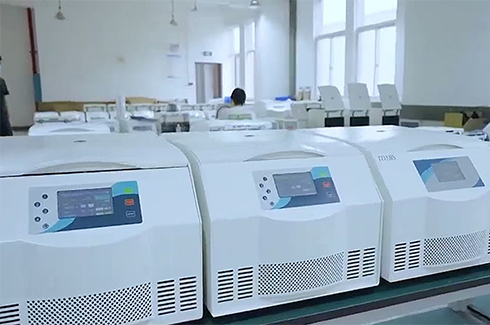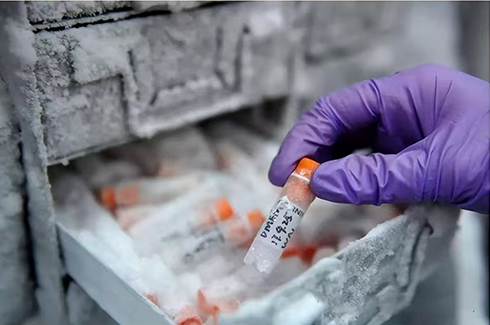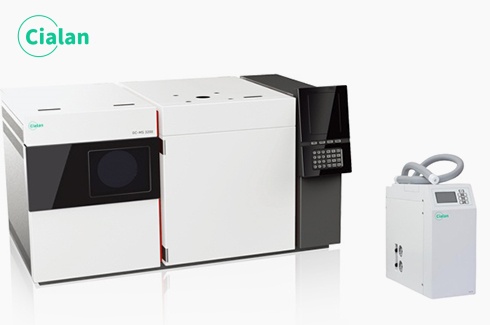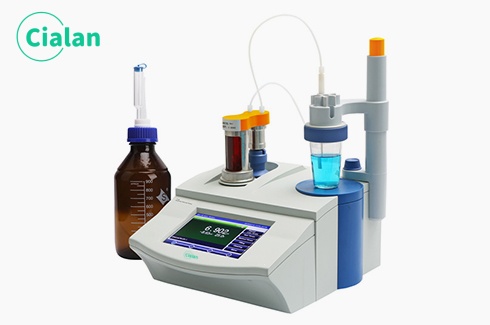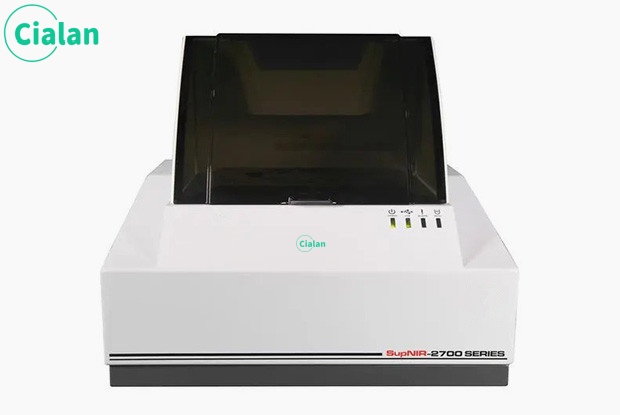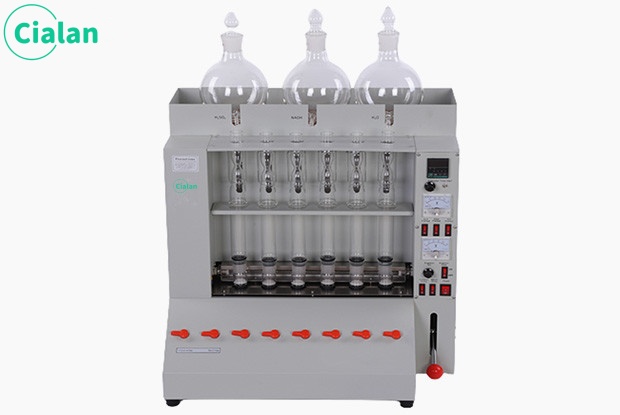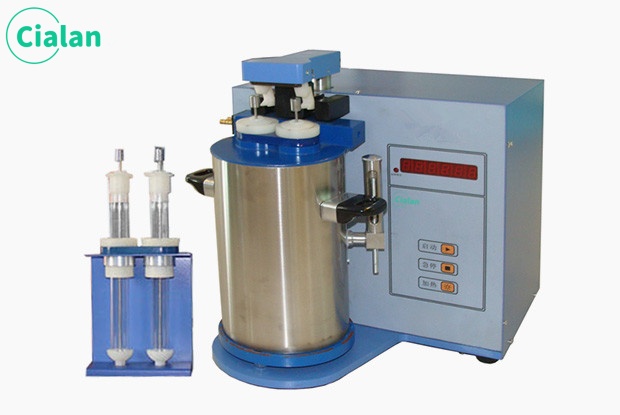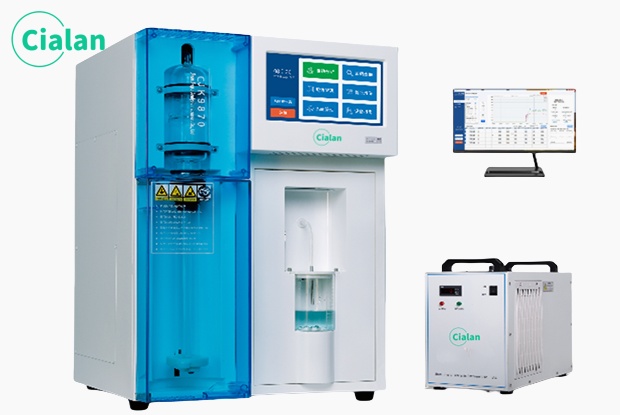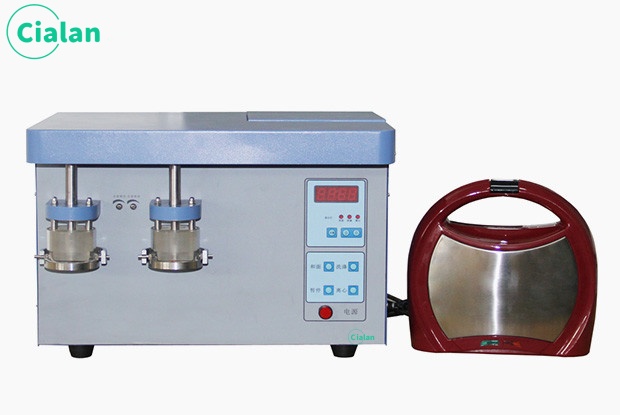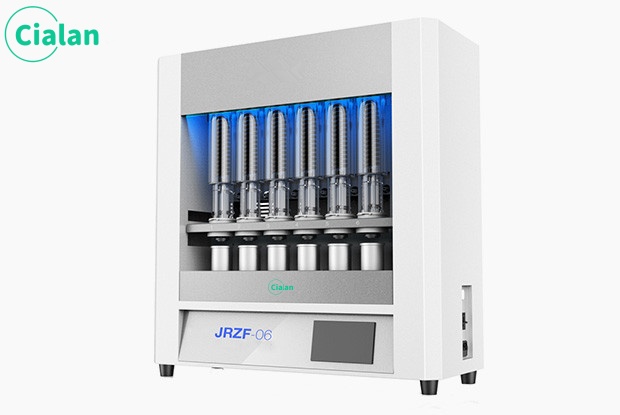How to measure whiteness of flour?
Application area of whiteness meter.
1.The whiteness meter is mainly suitable for measuring the whiteness of objects or powders with flat non-color surfaces. It can accurately obtain the whiteness value consistent with the visual sensitivity. For objects treated with fluorescent whitening agents, the whiteness value after fluorescent brightening can be quantitatively reflected. The opacity of paper can be accurately measured.
2.It can be widely used in whiteness measurement of textile printing and dyeing, paints and coatings, chemical building materials, paper and cardboard, plastic products, white cement, ceramics, enamel, talcum powder, starch, flour, salt, detergents, cosmetics and other substances.

Principle of whiteness meter.
1.The instrument uses an integrating sphere to measure the spectral diffuse reflectance. The light emitted by the halogen tungsten lamp turns into blue-purple light through the condenser and color filter, and enters the integrating sphere. After the light is diffusely reflected on the inner wall of the integrating sphere, it shines on the test port of the test port.
2.On the sample, the light reflected by the sample is received by the silicon photocell after passing through the condenser and diaphragm filter group and converted into electrical signals. There is also a silicon photocell that receives the substrate signal inside the sphere. The two electrical signals are amplified and mixed separately, and the measurement results are digitally displayed and printed with a built-in printer.
1.The whiteness meter is mainly suitable for measuring the whiteness of objects or powders with flat non-color surfaces. It can accurately obtain the whiteness value consistent with the visual sensitivity. For objects treated with fluorescent whitening agents, the whiteness value after fluorescent brightening can be quantitatively reflected. The opacity of paper can be accurately measured.
2.It can be widely used in whiteness measurement of textile printing and dyeing, paints and coatings, chemical building materials, paper and cardboard, plastic products, white cement, ceramics, enamel, talcum powder, starch, flour, salt, detergents, cosmetics and other substances.

Principle of whiteness meter.
1.The instrument uses an integrating sphere to measure the spectral diffuse reflectance. The light emitted by the halogen tungsten lamp turns into blue-purple light through the condenser and color filter, and enters the integrating sphere. After the light is diffusely reflected on the inner wall of the integrating sphere, it shines on the test port of the test port.
2.On the sample, the light reflected by the sample is received by the silicon photocell after passing through the condenser and diaphragm filter group and converted into electrical signals. There is also a silicon photocell that receives the substrate signal inside the sphere. The two electrical signals are amplified and mixed separately, and the measurement results are digitally displayed and printed with a built-in printer.


